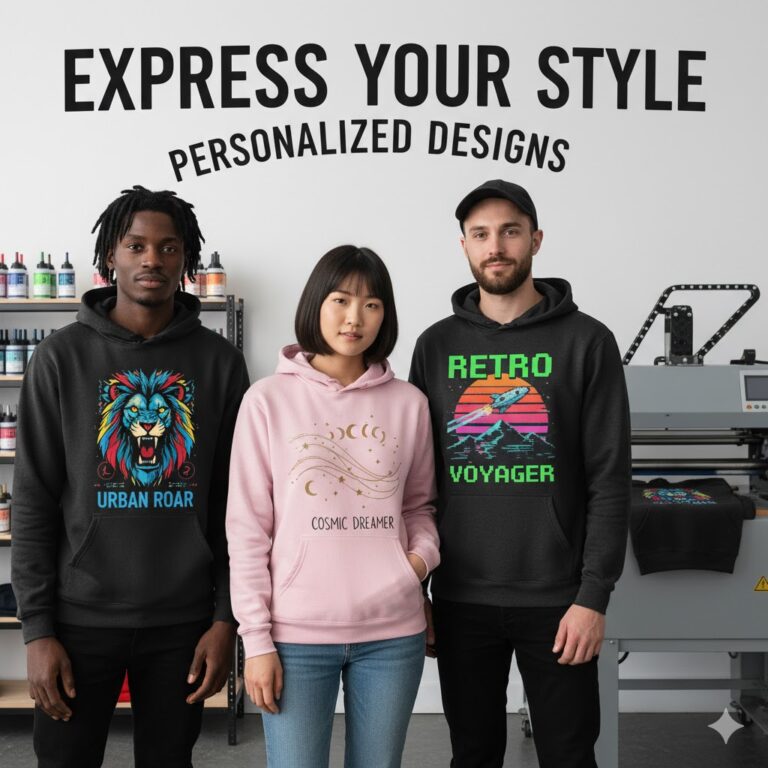In the bustling branding circles, everything seems like a competition. You want to stand out from the crowd and capture more attention from the fleeting client base your brand has. But it doesn’t always have to be that way–sometimes, the more strategic move is to work together with other brands, rather than actively battle against them in the marketplace. Brand collaborations can bring a lot of good to all brands involved, especially if you’re starting out small.
What kind of good? Today, we’ll talk a bit about the benefits brands stand to earn by collaborating instead of competing (and a little bit about what type of brands you should look to collab with!).
Why Brand Collaborations Work
Widening your client reach

There’s this idea that all brands live in a little pond and have to fight for their limited audience and client base. While there is some truth to that concept, it’s not the whole story. What kind of audience a brand cultivates depends on a large variety of factors, including product, design, marketing, size, and all other concepts.
This means that even if your brand shares similarities with others, you may reach a vastly different type of client base than them. What kind of clients are they courting? How can you also cater to their needs? Brand collaborations give you an opportunity to market yourself to your brand partner’s client base, and vice versa for them.
Consider the collaboration between Louis Vuitton and Supreme. While these monuments of fashion may sell similar product types, their client bases are vastly different. Louis Vuitton has been a staple of luxury fashion for centuries in the European scene, while Supreme has been a relatively modern, trend-setting brand in hype-dominated New York.
Their collab served to unite the vastly different but equally high-class apparel scenes into one. It was also a spectacular success, having sold out as soon as the collab was announced.
Capturing overlapping interests

Another reason why the Louis Vuitton and Supreme collaboration was so effective was the fact that they were able to provide what the other lacked. LV lent Supreme a level of prestige, and Supreme breathed new life into the LV brand. Essentially, they covered for each other in a symbiotic partnership.
This is actually ideal for most brand collaborations. When choosing a fellow brand to partner with, you’ll want to capture an overlapping interest in both of your audiences. Let’s say your brand specializes in thick sweaters and winter wear–an ideal collaboration would be with another brand that sells hats or warming equipment.
Alternatively, you can even collaborate with brands outside of your field of expertise. Uniqlo is particularly clever about this, creating collections for anything from well-known sports names to chic French artists. Their neutral, all-inclusive fashion branding allows them to cater to multiple markets, which allows for incredible collaboration opportunities in the long run.
Your brand may not be as widespread or malleable as Uniqlo’s, however, which is also important to consider. Make sure that whatever brand you collaborate with feeds into your current clients’ needs as much as it expands into future clients.
Building a social image

A positive effect of brand collaborations is the boost in reputation it provides. Brand collabs are typically as beneficial to the client base as they are to the brands themselves–more and more people gravitate towards brands that build a friendly, impressionable image on them.
When you collaborate with other brands, it sets the precedent that you’re open to multiple types of people. An inclusive and welcoming brand image opens up more leads in the future, especially when you’re starting out.
Keep in mind, though, that some collaborations benefit your image more than others. If you’re starting out as a smaller brand, collaborating with a popular name can rub off some of that renown onto you. In equal measures, however, collaborating with a dubious brand few people have heard of may call your efficacy into question.
Discovering new concepts

An underrated part of any brand collaboration is the creative aspect of it. Brand creators working within similar fields often share similar skillsets and capabilities, though directed in different ways. As creatives, seeing how other brands work in the process of their collab may give a ton of inspiration for future endeavors.
Furthermore, this serves as an interesting way to exercise both your creative skills to create something new and intriguing. For example, combining the punk styles of Dr Martens boots and the sleek beauty of Marc Jacobs led to the stylish rock aesthetics of their exclusive shoe collabs from last year.
Creating new bonds

The most important aspect of brand collaborations is the connections you gain throughout. Having friends in the branding world is significant–they can tell you where the market interest is leaning, what products to sell, what kind of niche is missing in the scene, and all other things.
Above all else, though, they can help strengthen your brand, as you can strengthen theirs. A mutual respect for each other’s brands leads to more opportunities and more ways to share resources, talents, and profits as both of your brands thrive.
Knowing all of that, what brands should you collaborate with? Answering this isn’t always easy, since brand collaborations can affect different brands in vastly different ways. A good way to find future partners is by polling your audience or searching through their social media histories. Oftentimes, what they buy from you will overlap with other products from different brands, hinting at how you can consolidate their interests in future collaborations.
Once you’ve found an ideal partner, it’s essential to treat them as a companion and an ally. At the end of the day, you’re both working together for a common purpose–to please your client base. When you succeed in your mission, the world will end up being your brand’s oyster.





